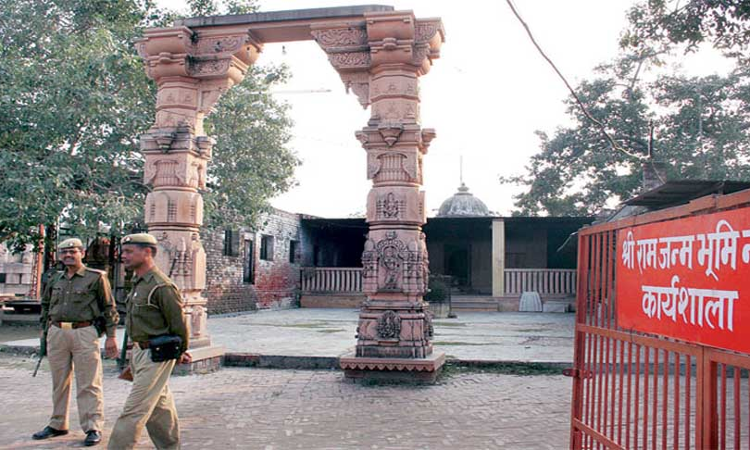Next Story
10 Nov 2019 11:41 AM IST
What the Supreme Court has essentially done in the Ayodhya case is that it has decreed the Suit filed by "Bhagwan Sri Ram Lala Virajman" in terms of prayer clauses (A) and (B) of the suit, subject to some directions. The conditions while decreeing the suit by Ram Lalla includes framing of a scheme and a trust for the construction of the temple at Rama Janmabhumi, the erstwhile disputed site. ...

